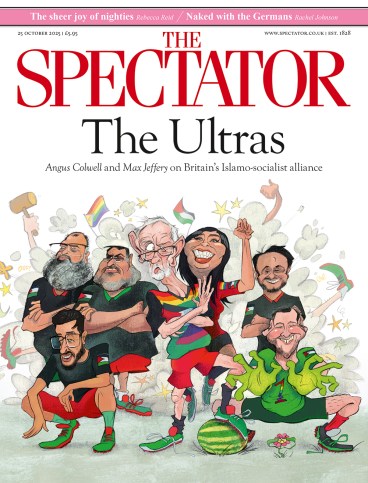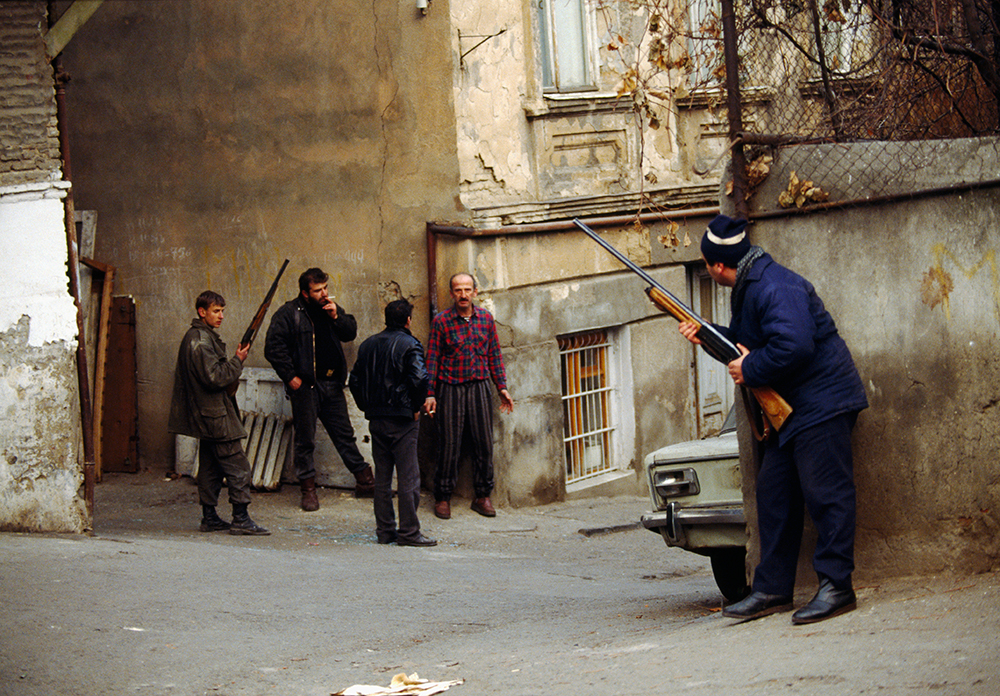
For a newly independent Georgia, the 1990s were a dark time literally and figuratively, as civil war raged, criminality flourished and the power stayed off. The Lack of Light, Nino Haratischwili’s fourth novel to be translated into English, turns that darkness into a gripping story about the power and pitfalls of female friendship that seeks to unpick the horrors of that decade.
The narrative opens, briefly, in Tbilisi in 1987. The four protagonists – Keto, Dina, Nene and Ira – are on a schoolgirl mission to hang out in the Botanical Garden after hours. The escapade introduces the girls, who are all neatly – too neatly – ascribed various characteristics. Dina is the daredevil; Nene the reckless romantic; Ira the disciplined pragmatist; and Keto the sensitive chronicler, who narrates the entire book from her own first-person perspective, somewhat stretching credulity.
The tone is set from page one, with Keto revealing that Dina’s life will end ‘in the last year of this leaden, sick, suffocating century’. Time then hurtles forwards to 2019, where Haratischwili anchors her book, in Brussels, at the opening of a retrospective photo exhibition of Dina’s acclaimed work. What has happened in the intervening decades – think Romeo and Juliet-style family feuding but on opioids – unfolds via a sequence of flashbacks triggered by each curated image. It’s a handy if frustrating structural device. The emotional tension is constantly interrupted.

Born in Tbilisi in 1983, Haratischwili moved to Germany in 2003. She writes in German, and the translation, by Charlotte Collins and Ruth Martin, is as crisp as you would expect from a duo who also worked on Haratischwili’s previous novels, including The Eighth Life (for Brilka), a masterful sweep of 20th-century Georgia. Here, the strengths lie in the specificity. Tbilisi comes alive in keenly observed details: the flapping laundry and vines spilling over the balconies of the crowded courtyards that were home to multiple families; the fresh flowers beneath the Stalin portraits that still hung on many walls; the way the heat of the day saturated Georgian evenings so that the ‘night caresses our temples’.
But at 717 pages, the book is overwritten, with too much foreshadowing and too little straight action. For example:
That must have been the last day when everything still followed the old, familiar order, the last day before everything began to collapse around me, like a particularly cruel piece of apocalyptic choreography performed in slow motion. It was also one of the last days when my city still looked like her old self, before she too put on a different, blood-streaked gown.
With Tbilisi now a ‘hip’ city on the tourist circuit, where, to quote Keto, ‘the West can slake its thirst for “authenticity”’, the turmoil of the early 1990s is hard to explain, she reminisces. It was hard, too, for me to imagine, when I lived there at the end of that decade. The largest hotel was still full of displaced Georgians and the electricity often remained off, but I fell hard for the country’s charms. Flaws aside, I also fell for this book. I’m glad Haratischwili has tackled the brutalities of that time. People need to understand.







Comments